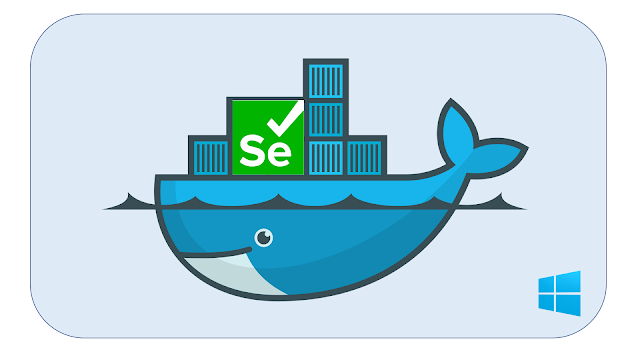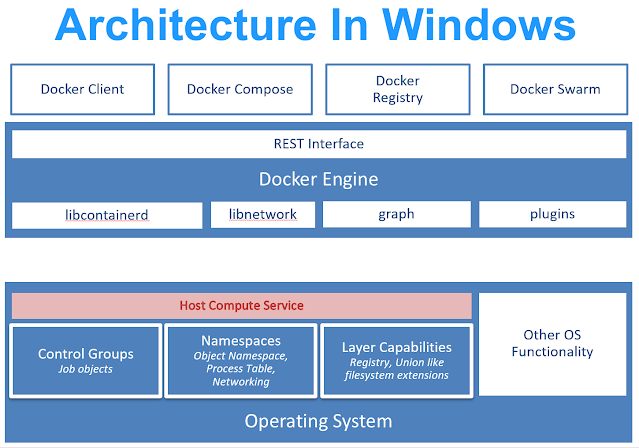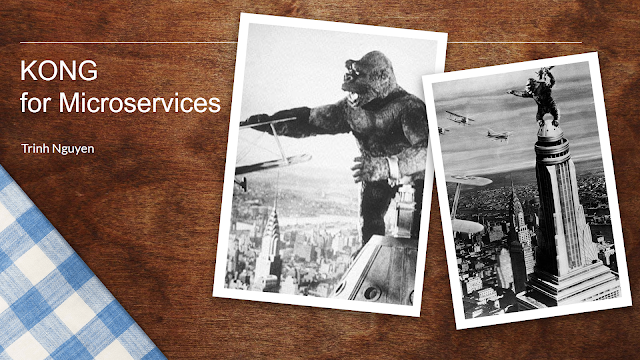Install Konga on K8S
Even though when running Kong API Gateway in K8S, It's recommended to use the yaml descriptive files to create the routes and services for your applications, you can use the Kong Admin API [3] and the Konga web interface [2] for those tasks. This tutorial shows you how to install Konga on your K8S cluster using helm (I based on [1] and added support for pod annotations). All source code and the helm chart used in this tutorial are at [0]. Prerequisites: - You have the master role in your K8S cluster to install new applications, create ingresses, etc. - Kong API Gateway (Kong Ingress Controller) has been installed on your K8S cluster and in the kong namespace - You have full privileges to create a new Postgres database for your Konga Install Konga on K8S: 1. Create the Postgres DB for your Konga CREATE USER konga; CREATE DATABASE konga OWNER konga; ALTER USER konga WITH PASSWORD <your secret>; 2. Prepare the values.yaml fi...




